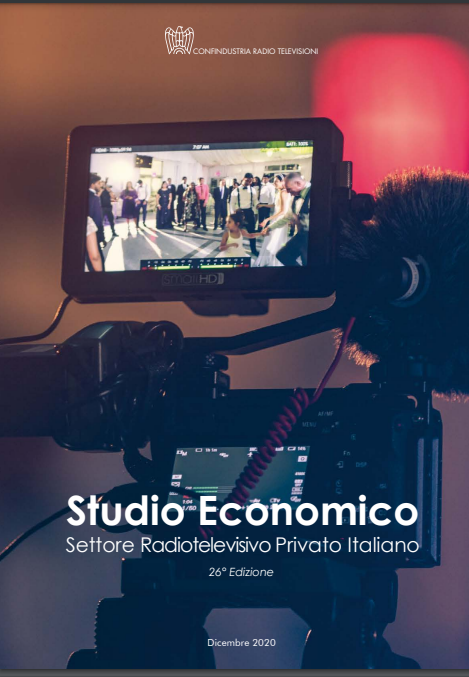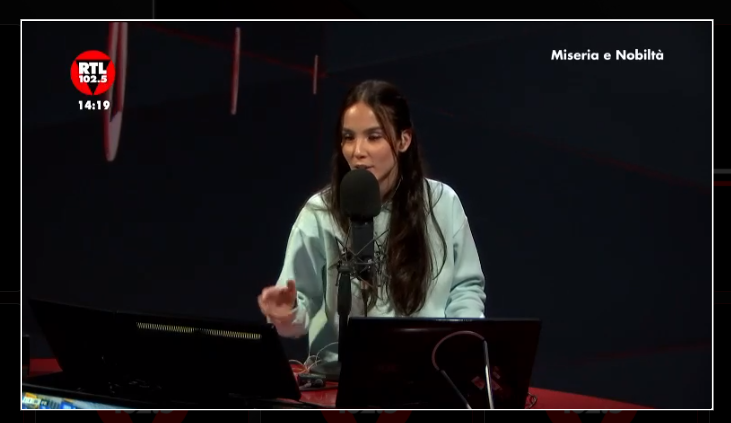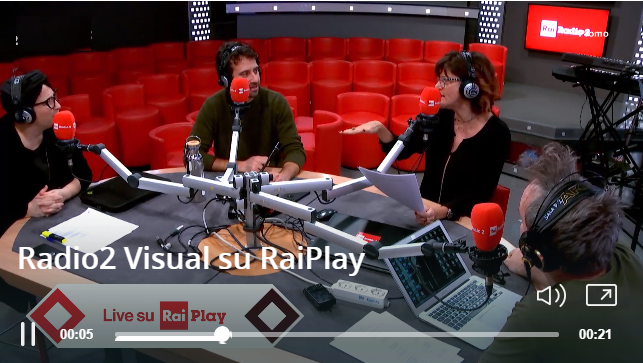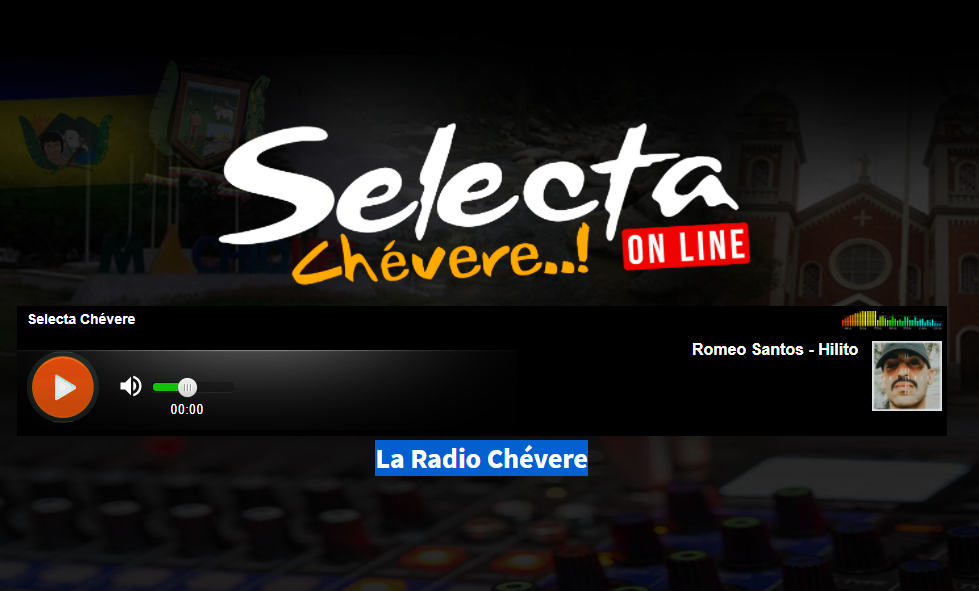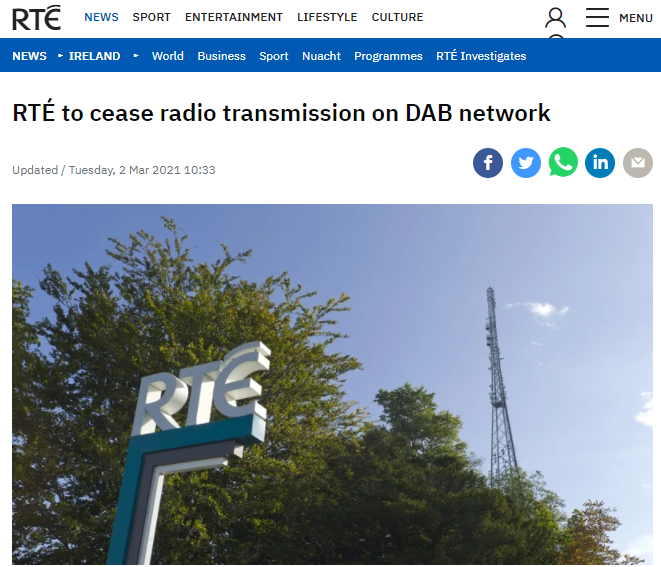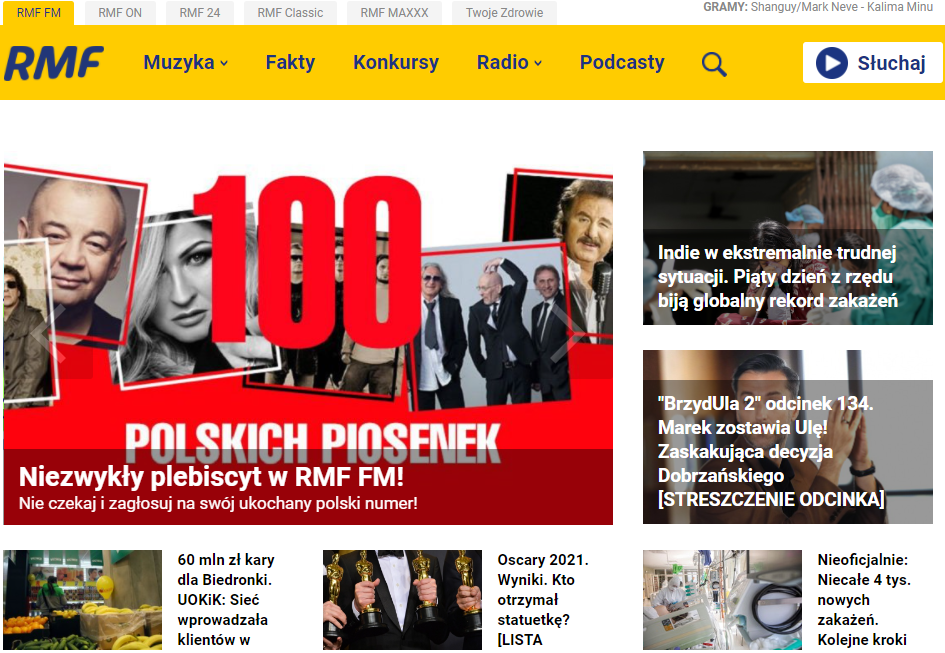
Source
The pandemic does not seem to have had much effect on the listening habits of Poles, 72% of whom tune into a radio station every day, while another 19% turn on the device once a week. On the other hand, the ways in which radio is enjoyed have changed, with 60% following it in the car in 2019, a percentage that has been drastically reduced due to the limitations imposed by Covid-19. Almost one in three Poles choose RMF FM (29.49%), a leading station whose followers increased by an additional 1% during the pandemic. Second in terms of audience is Radio Zet, albeit at a considerable distance: it has almost a third of listeners (12.48%) but its site (radiozet.pl) is the most followed, with over seven million users.
Catholic radio stations are also very popular
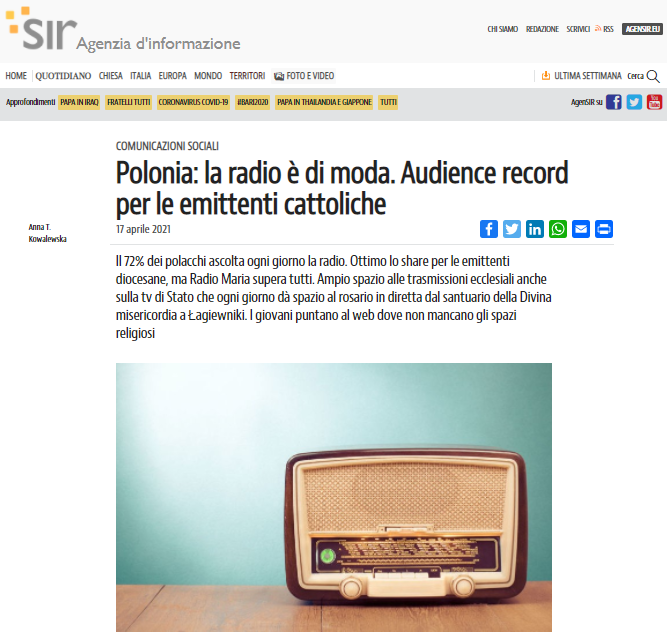
Source
Diocesan radio stations are also gaining an audience (but with very different numbers), but they have been overtaken by Radio Maryja (one of the seventy affiliated to the “World Family”, an association that promotes its development throughout the world) which, with a total audience of 1.73%, is in fifteenth place in the ranking. And to think that space on the media for programs of a religious nature was prohibited until 1980: it was the Solidarity movement that imposed on the authorities free access to all religious denominations, previously prohibited by censorship. So much so that today religious programs are very much present in the programming schedule of broadcasters: even the state TV broadcasts the rosary live every day in connection with the sanctuary of Divine Mercy in Łagiewniki. More details about Poland’s leading Catholic radio stations can be read in the article published by the Catholic news agency Sir.

